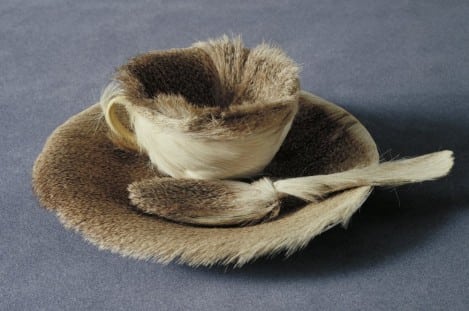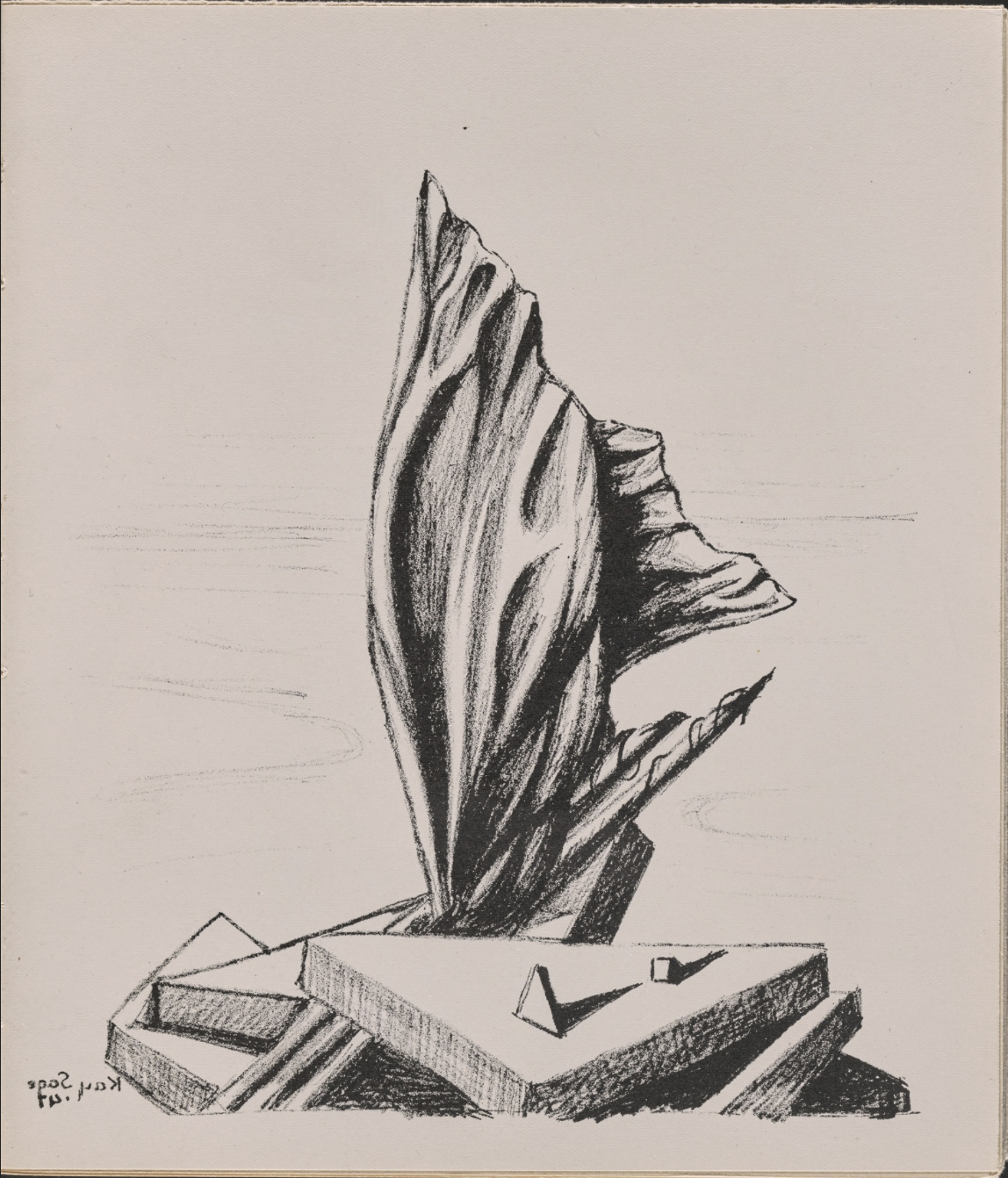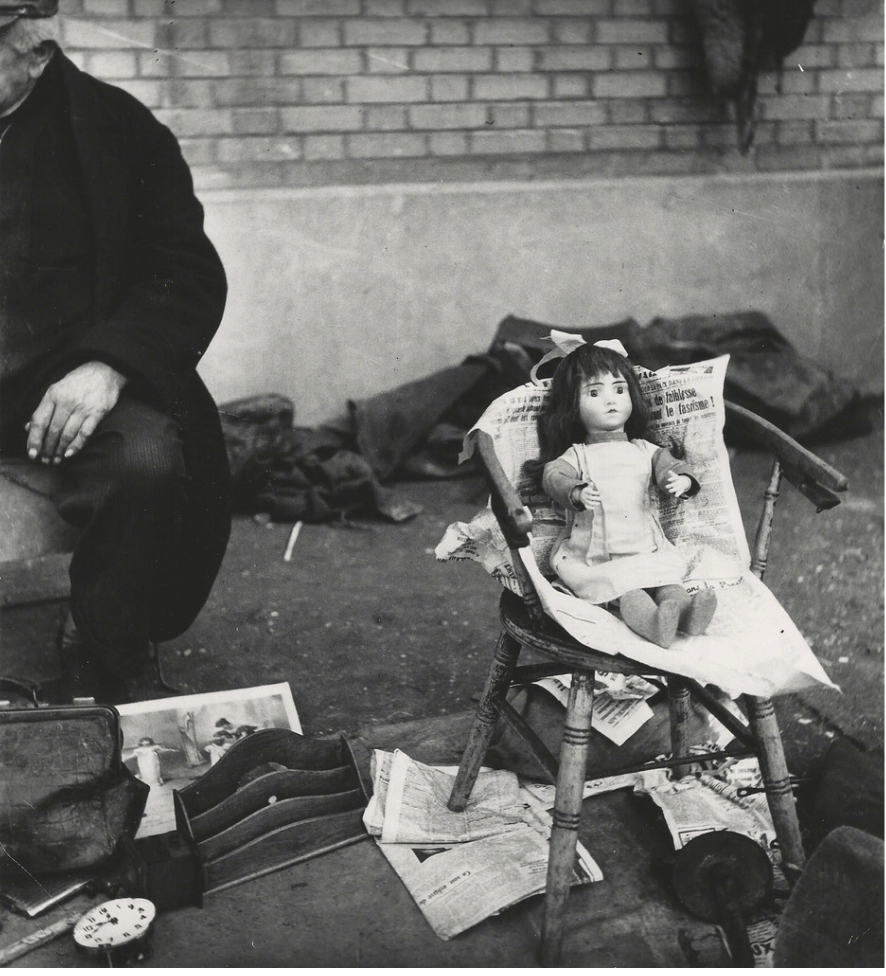The Women of Surrealism
Surrealism’s early years were dominated by men. As the movement spread, however, both male and femail artists from around the world tapped into its inspiring ethos. Today we would like to shine the spotlight on some female artists who fought the constraints of early twentieth century society and made a name for themselves in the world of the Surrealists.
Meret Oppenheim (1913-1985)
Swiss Painter and sculptor Meret Oppenhiem quickly made a name for herself and became a member of the early Surrealist’s inner-circle. Her background was deeply rooted in psychoanalysis, as her father was a doctor who use psychoanalytical theory in his work. Per his recommendation, she started a dream journal as a teenager and continued to do so for the rest of her life. Looking into and analyzing the unconscious was one of the main practices of the Surrealists, and this gave Oppenheim academic authority amongst her male peers.
She started out her life in Switzerland and later moved to Paris to study art and where she joined the Surrealist movement. Her most iconic piece was Object, a cup and saucer covered in fur. She combined a feminist symbol, fur, and everyday objects (cup and saucer) which resulted in a completely unseen, uncanny and out of the ordinary work of art.
Kay Sage (1898 – 1963)
Katherine Sage, otherwise known as Kay Sage, was an artist and poet of the Surrealist movement. Sage was born to an affluent family in New York. At a young age her parents separated, which led her and her mother to move to Italy. After Sage got divorced in the late 1930’s, she discovered her passion for art and, specifically, Surrealism. In 1938, she exhibited six oil paintings in Paris which caught the eye of Andre Breton, the leader of the Surrealist movement. This was Sage’s invitation to the club, where she met Yves Tanguy, who she went on to marry.
Sage’s work focuses on architectural forms and shadows against bare wastelands. She exhibited in New York and Europe until the 1950’s when she started to lose her eyesight. Kay Sage not only painted beautifully but she also wrote four volumes of poetry in her time.
Kati Horna (1912 – 2000)
Kati Horna was born in Hungary but, like many other artists, spent her life in a number of places. She lived in France, Berlin, Spain and as a result of WWII, finally settled in Mexico, which she made her adoptive home. Best known as one of the only women to document the front lines of the Spanish Civil War, her work captured the personal details of the war with a grotesque sense of humor and Surrealist vision. In addition to photography, Horna also experimented with works that were staged and created a metaphor. She was against the labels of any art movement and refused to be known by that, instead she preferred to be known as simply a photographer.
For more information about other female artists visit our sources below:
10 Female Surrealists You Should Know
Female Surrealists – Women Artists in a Male-Dominated Surrealism
Sources:
Image 1: Object, 1936 by Meret Oppenhiem. Source.
Image 2: Plate from Le Surréalisme en 1947 by Kay Sage. Source.
Image 3: Untitled (Le fascisme), ca. 1932 by Kati Horna. Source.



